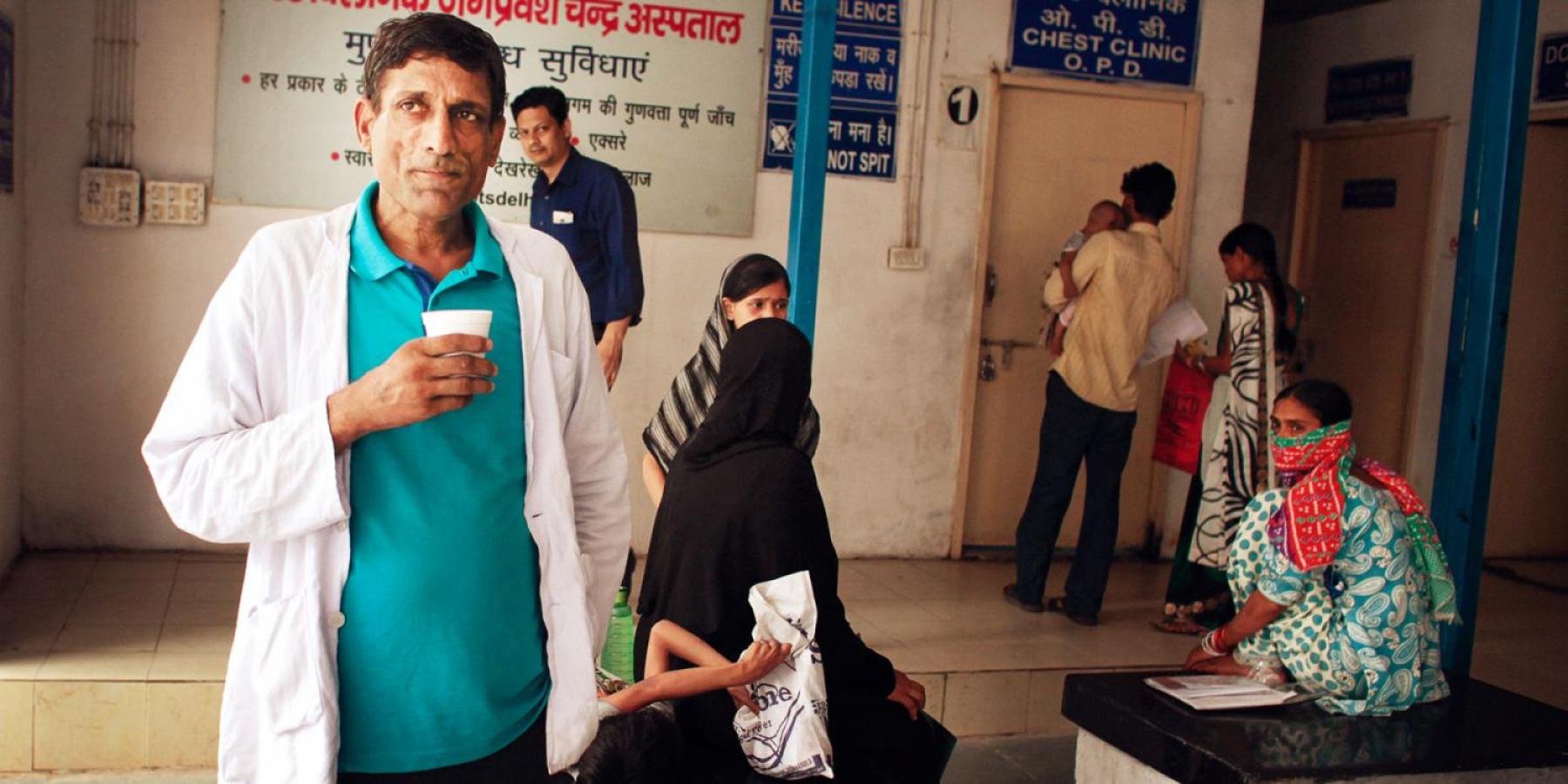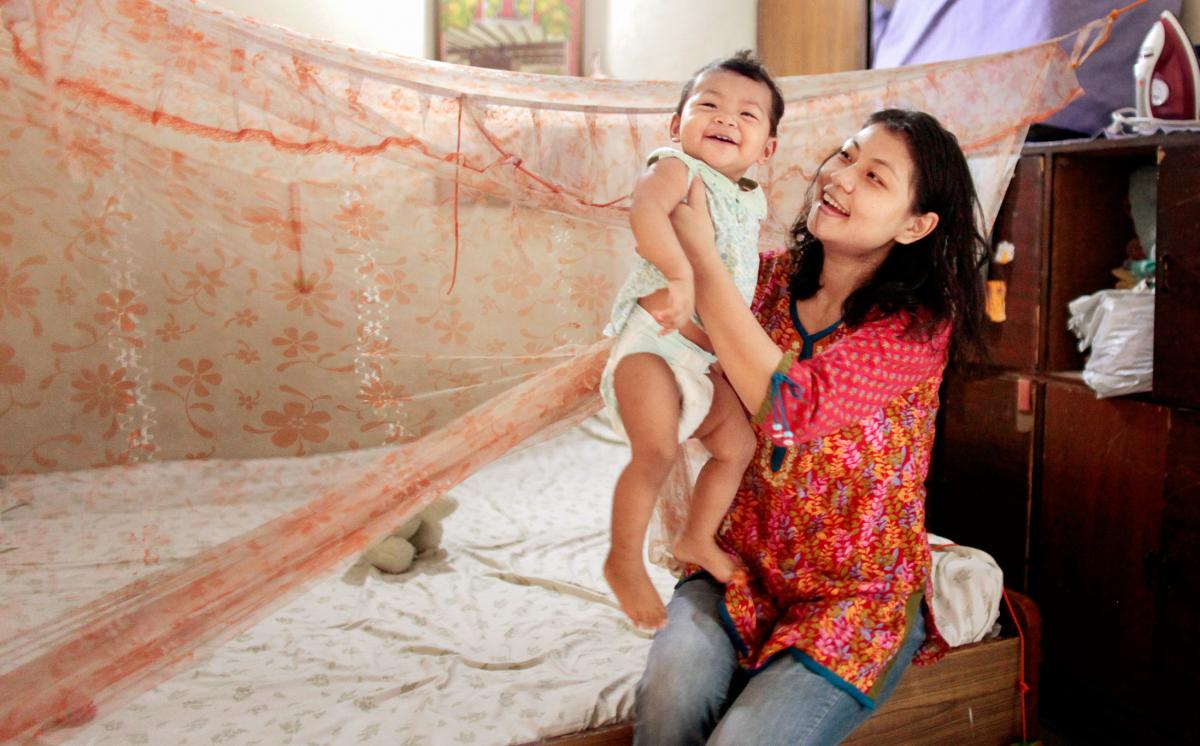Global diabetes prevalence could make ending TB impossible unless we act now
24th March 2017

24th March 2017
It is well known that diabetes is a chronic non-communicable disease (NCD) affecting the heart, blood vessels, kidneys, nerves and other body organs. But that both type 1 and type 2 diabetes also increases the risk of TB is a lesser known fact, despite the availability of strong scientific evidence over the last few decades. Patients with diabetes and TB have a higher risk of TB treatment failure, death, relapse after cure and development of drug resistance. In turn, diabetes is also difficult to manage in TB patients. A person sick with both diseases is likely to have complications that do not typically exist when either is present on its own.
The prevalence of diabetes worldwide has increased by about 20 percent in the past 30 years, particularly in low and middle-income countries and in emerging economies which are already grappling with high TB prevalence. It is estimated that the TB cases attributable to diabetes have increased substantially in the 22 high burden TB countries from 10 percent in 2010 to 15 percent in 2013. This double burden leads to substantial strain on individuals, families, health systems, and society.
The International Diabetes Federation (IDF) estimates that in the absence of active efforts, global diabetes prevalence will increase from 8 percent in 2013 to about 10 percent in 2035. Such an increase would off-set the gains made in reducing the TB incidence making the goal of ending TB by 2035 almost impossible to achieve.
It is therefore imperative to address the emergence of the co-epidemic through strategies including bidirectional screening (screening TB patients for diabetes and vice versa) and integrated management, which will facilitate early diagnosis and better health outcomes for both conditions. Several opportunities exist for coordinated screening and co-management of TB and diabetes. Integrated health education and clinical management of TB and diabetes would benefit patients. Standardised patient records and cohort monitoring, which are the mainstay in TB care, can be extended to the care of diabetes.
The co-epidemic is evolving, and before it snowballs adequate action needs to be taken. Evidence from India and China, the two countries with the highest burden of TB and diabetes, shows that basic collaborative activities are feasible and affordable. For far reaching gains the new Global Plan to End TB should engage with the Global Action Plan for the prevention and control of Non-communicable Diseases (NCDs). The national strategic plans for TB should address risk factors and comorbidities, such as diabetes and other NCDs. In this context, it is useful to reflect on the experiences of establishing TB and HIV collaborative activities that have evolved over the past two decades. Establishing links between TB and diabetes strategies will probably encounter similar obstacles, and policy changes and implementation will require political will, financial and technical support.
Timely efforts will ensure that the ambitious target of ending TB in the next two decades is achieved and we are able to spare people like Raj from unnecessary suffering.

Dr Sarabjit S Chadha (@sarabchadha) is the Deputy Regional Director with The International Union Against TB and Lung Disease (The Union)(@TheUnion_TBLH). He heads the TB and Communicable Diseases Unit at the Union South East Office. He is the Chair of the WHO Regional Drug Resistance TB Advisory Group for the South East Asian Region. He prepared this blog to coincide with World TB Day 2017, the theme of which is Unite to End TB - Leave No One Behind.